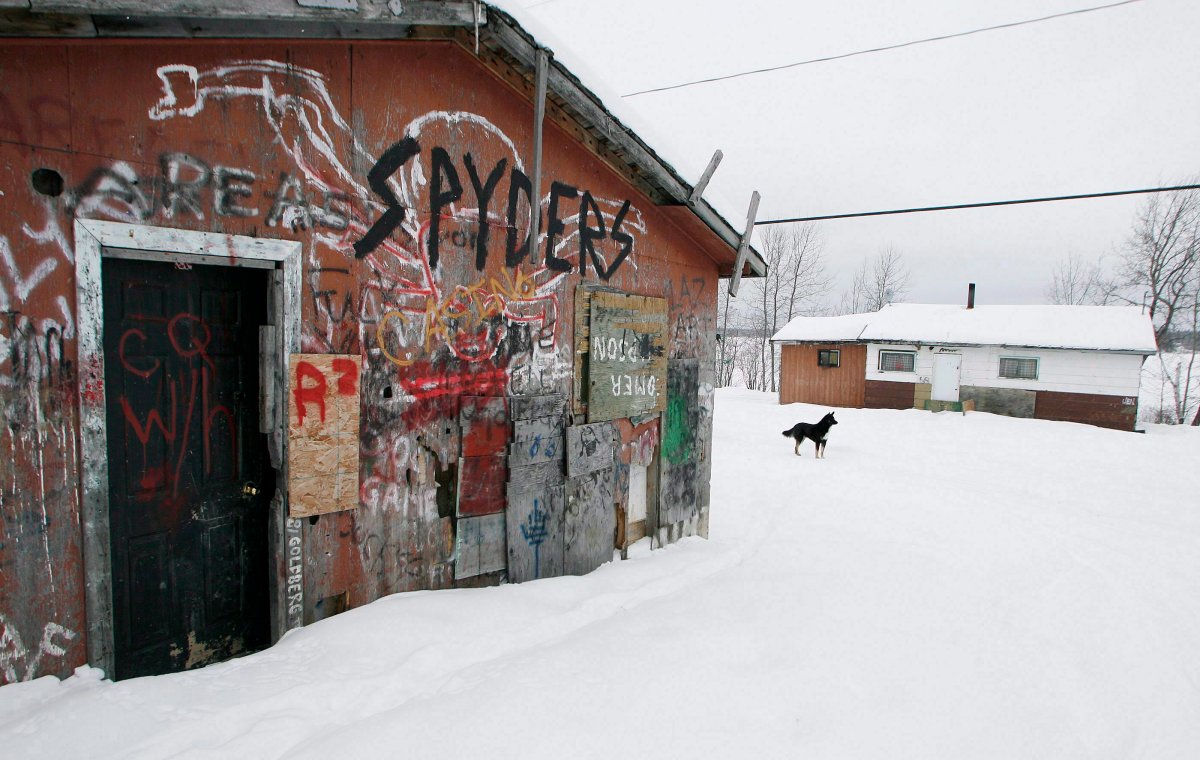The suicide rate among First Nations people was three times higher than in non-Indigenous populations between 2011 and 2016 in Canada, according to Statistics Canada.

The agency reported Friday on the rates of death by suicide for self-identifying First Nations people, Metis and Inuit from 2011 to 2016, compared to non-Indigenous people.
The suicide rate among First Nations people was 24.3 deaths per 100,000 person-years at risk, which StatsCan says is “roughly understood as number of deaths per persons per year.” That is compared to eight deaths per 100,000 person-years at risk for non-Indigenous people.
The suicide rate for First Nations people living on a reserve was twice as high than those living off reserve, according to the agency.
WATCH: Indigenous leader says he’s waiting for a national strategy around issue of suicides

For those who self-identify as Metis, their suicide rate was around twice as high as the rate of non-Indigenous people, at 14.7 deaths per 100,000 person-years at risk.
For Inuit, the rate was around nine times higher than non-Indigenous, at 72.3 deaths per 100,000 person-years at risk.
Suicide rates were highest for youth and young adults aged 15 to 24 years old among First Nations men and Inuit men and women.
However, StatsCan did point out that there is a high level of variability for suicide rates “at the community level” for Indigenous people.
“When examined by First Nations band, just over 60 per cent of bands had a suicide rate of zero,” the agency reported.
Statistics Canada says the higher risk of suicide for Indigenous people compared to non-Indigenous is due to “socioeconomic characteristics,” such as household income, labour force status, level of education, marital status, as well as whether they live on or off a reserve and the community size.
WATCH: Cape Breton’s Eskasoni First Nation experiencing mental health crisis
-P_TOR1DQHQ_1_848x480_1427865667725.jpg?w=1040&quality=70&strip=all)
“Among First Nations people, 78 per cent of the higher risk of death by suicide was accounted for by these characteristics, while it was 37 per cent among Metis and 40 per cent among Inuit adults aged 25 years and older,” the report stated.
If you or someone you know is in crisis and needs help, resources are available. In case of an emergency, please call 911 for immediate help. The Canadian Association for Suicide Prevention, Depression Hurts and Kids Help Phone 1-800-668-6868 all offer ways of getting help if you, or someone you know, may be suffering from mental health issues.




Comments